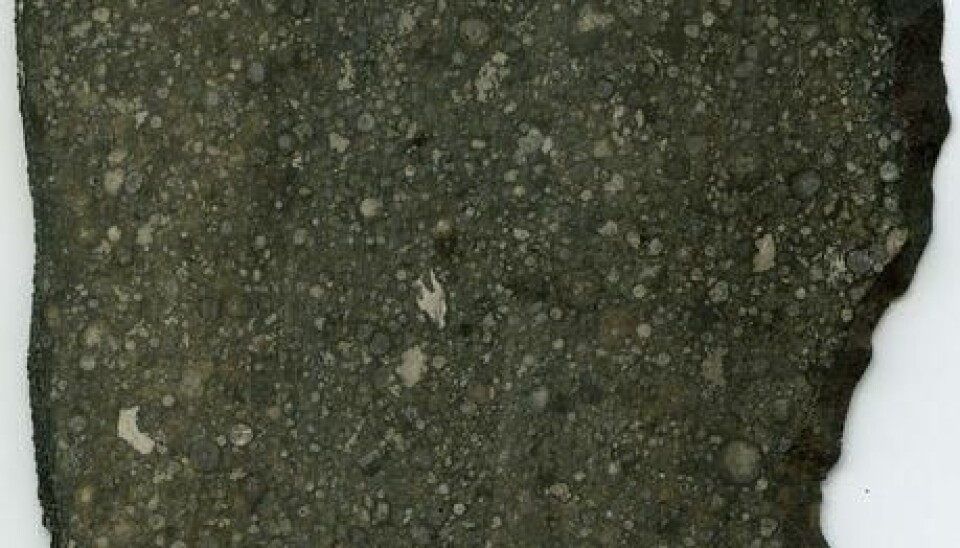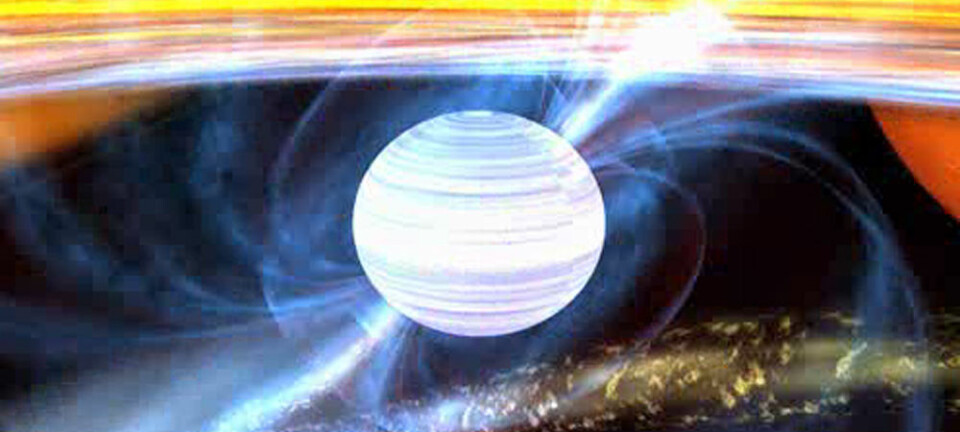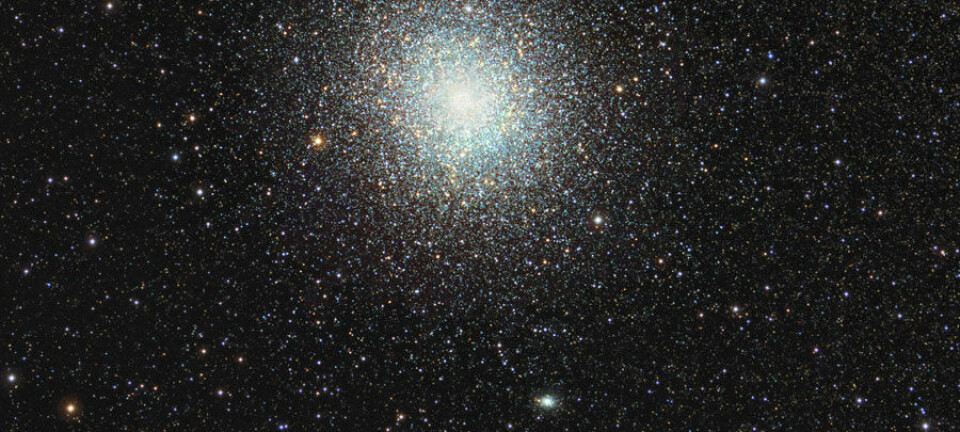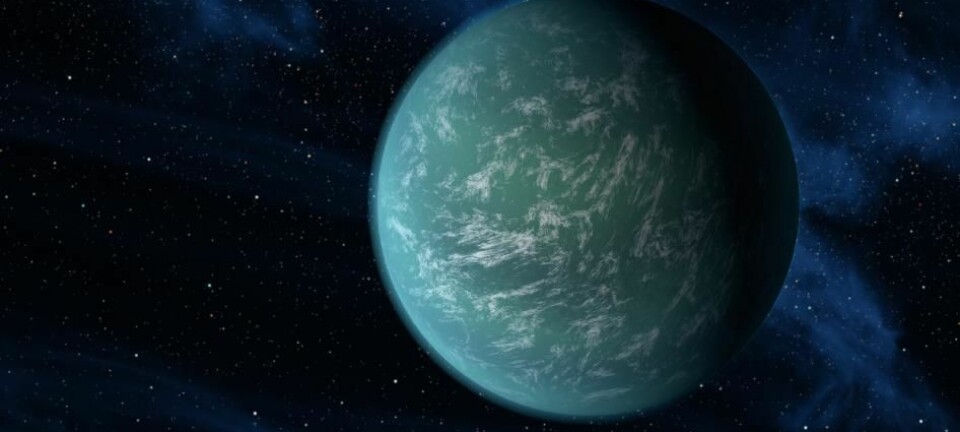
Different supernovae formed our early Solar System
The first chapter about the creation of our Solar System is now ready to be written. The cloud of molecules from which the Solar System arose consisted of several generations of stardust, say researchers after analysing a meteorite.
We now know a bit more about what happened when our Solar System was about to come into being, thanks to a new study of so-called inclusions.
Inclusions are special little fragments in meteorites.
“Inclusions give us an image of the environment in which our Solar System was created – and of the material from which it was created,” says one of the researchers behind the study, Mia Bjørg Olsen, a PhD student at the Centre for Star and Planet Formation at the Natural History Museum of Denmark.
The earliest solids
The inclusions were created 4,567 million years ago, around the same time as the sun and before the formation of the planets. They have not changed since that time, which means the researchers have access to the very first solids that were created in the Solar System.

Co-author Jesper Holst explains:
“Meteorites contain inclusions rich in calcium and aluminium, which we know were created at high temperatures. They are basically identical, but we have found a rare inclusion, which has an entirely different chemical composition and which tells us something about the dynamics of our early Solar System.”
The researchers have been looking for a type of calcium-aluminium-rich inclusions (CAIs) known as FUN (Fractionation and Unidentified Nuclear isotope effects).
Over the past 30 years, only 20 of these have been found, and it isn’t until now that scientists have managed to date a FUN CAI.
“It took us about a year to find such an inclusion,” says Olsen. “We found it in the Allende meteorite, which fell down in Mexico in 1969. We started analysing the chemical composition of 600 inclusions from the meteorite, and we were lucky enough to find a single FUN CAI.”
Solar System supplied with aluminium
The exciting thing about the FUN CAI is that it does not contain as much magnesium-26 as the other inclusions.
Since magnesium-26 is a decay product of radioactive aluminium-26, the researchers can deduce that if the FUN CAI does not contain magnesium-26, then there was no aluminium-26 present when it came into being.
So a part of the molecular cloud from which our Solar System arose did not contain aluminium-26. Another part was at some point ‘contaminated’ with this element, which came from heavy stars that exploded as supernovae.
When a supernova explodes, a number of elements are formed, which are then spread out into the universe. Many of the elements that we and our surroundings are composed of were originally formed in supernovae.
The Danish researchers have discovered that the molecular cloud from which our Solar System arose contained different generations of stardust. In this way they have written the first chapter of the history about our Solar System. They will now try to find more of these rare inclusions so that they can add more detail to this history.
The new study is published in the journal PNAS.
---------------------------
Read the Danish version of this article at videnskab.dk
Translated by: Dann Vinther









